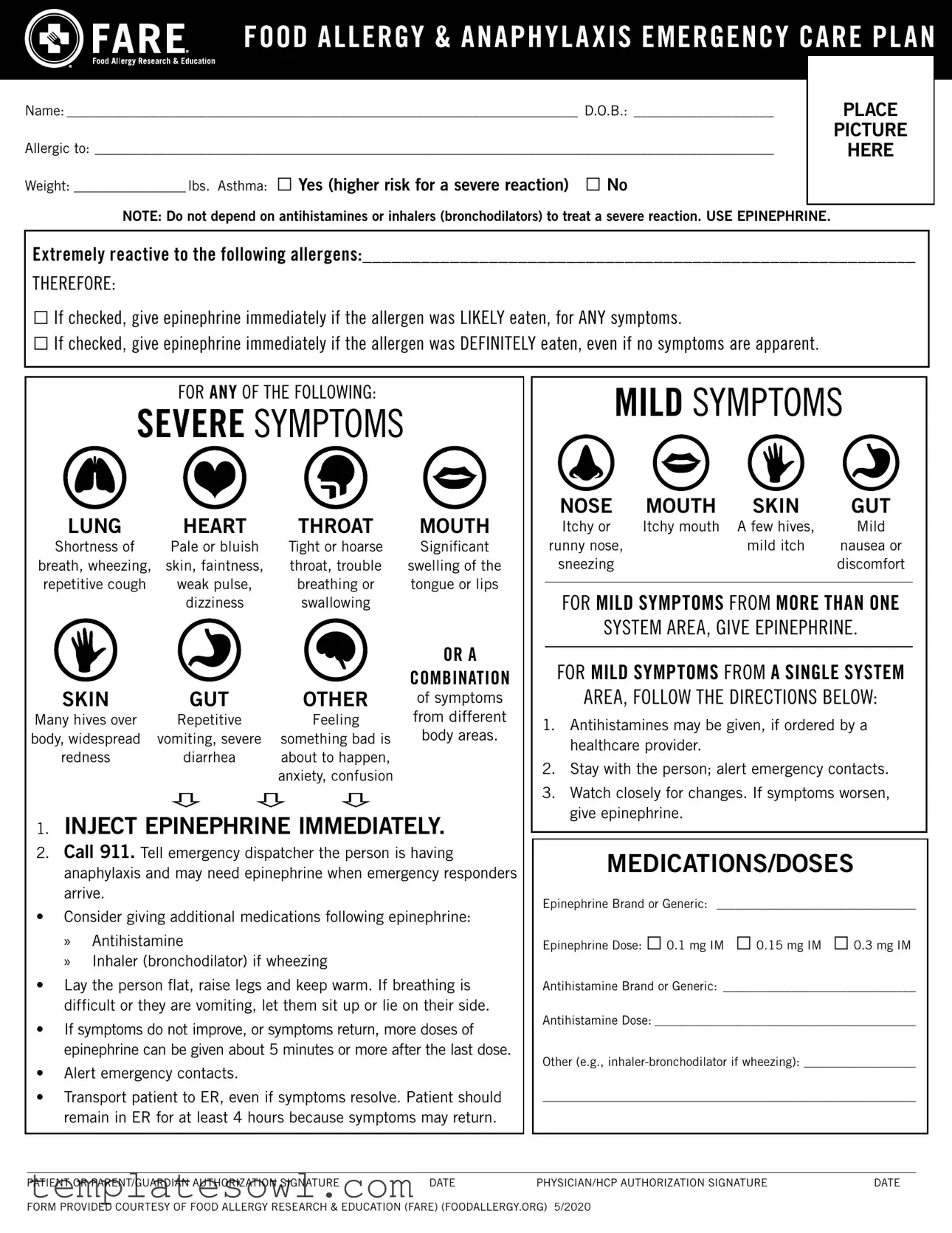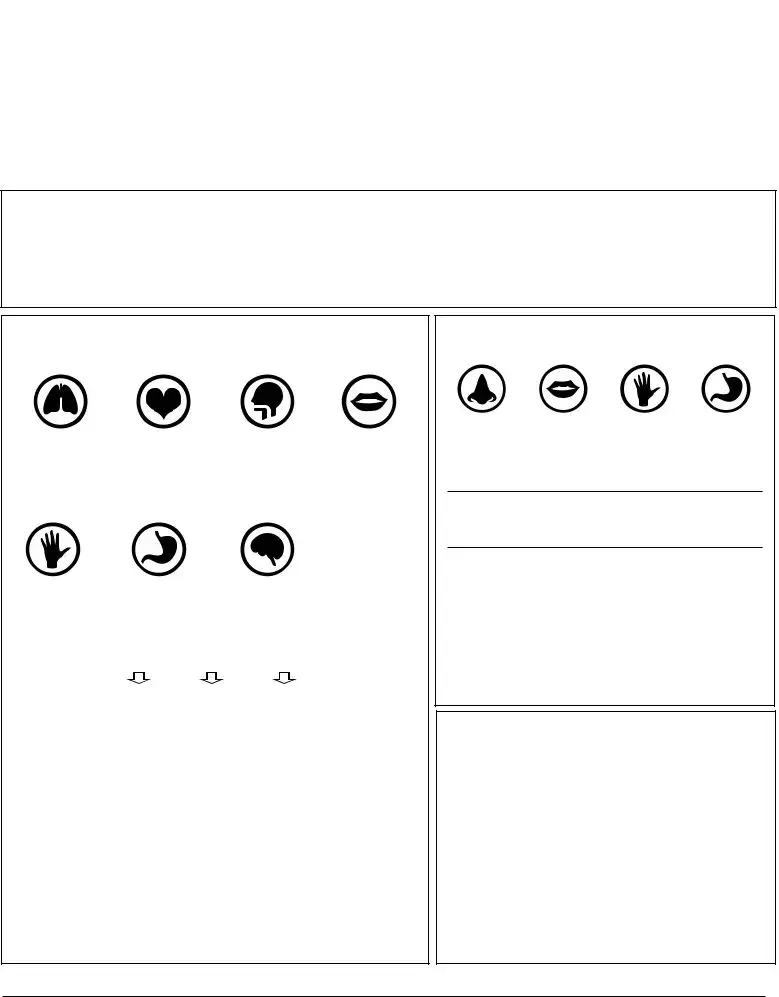What is a Food Allergy Action Plan?
A Food Allergy Action Plan is a document designed to guide individuals and caregivers in responding to allergic reactions. It outlines critical information specific to a person's allergies, including the allergens involved, symptoms to watch for, and emergency procedures to follow in case of an allergic reaction.
Why is it important to have a Food Allergy Action Plan?
Having a Food Allergy Action Plan is essential because it provides clear instructions for managing allergic reactions. This plan helps caregivers and educators respond appropriately and quickly, which is crucial since food allergies can lead to severe reactions, including anaphylaxis.
Who should use a Food Allergy Action Plan?
This plan is beneficial for anyone diagnosed with food allergies. It is especially important for children in school settings or at daycare and for adults with allergies who may require assistance from others in the event of a reaction.
What information should be included in the Food Allergy Action Plan?
The plan should include the individual's name, date of birth, allergies, emergency medications, dosage details, and emergency contacts. It also lists symptoms that may indicate a mild or severe reaction and clear steps on what to do if a reaction occurs.
How should epinephrine be administered according to the plan?
Epinephrine should be injected into the outer thigh immediately if there are severe symptoms or if it’s known that an allergen was consumed. Hold the injector in place for a specified time, typically around 3 seconds. After administering, call 911 right away.
What should I do if mild symptoms occur?
If mild symptoms appear, follow the directions provided for mild reactions. Consider administering antihistamines as directed and monitor the situation closely. Always be ready to act quickly if the symptoms worsen.
Is it necessary to go to the emergency room after a reaction?
Yes, individuals should go to the emergency room even if symptoms improve. Doctors recommend remaining at the ER for at least four hours, as symptoms can return after an initial reaction.
Can individuals self-carry their epinephrine auto-injectors?
Yes, individuals can self-carry their epinephrine auto-injectors if they are capable of recognizing their symptoms and know how to use the injectors. It is vital for them to be educated and trained on administering the injection correctly.
Who should I contact in case of an emergency?
In case of an emergency, first call 911. Then, contact the designated emergency contacts listed on the Food Allergy Action Plan. Keeping a list of these contacts nearby is recommended in case of an emergency.
How often should I update the Food Allergy Action Plan?
Regularly review and update the plan, especially when there are changes in allergies, medications, or contacts. Annually checking with a healthcare provider can ensure that the information remains accurate and up-to-date.


